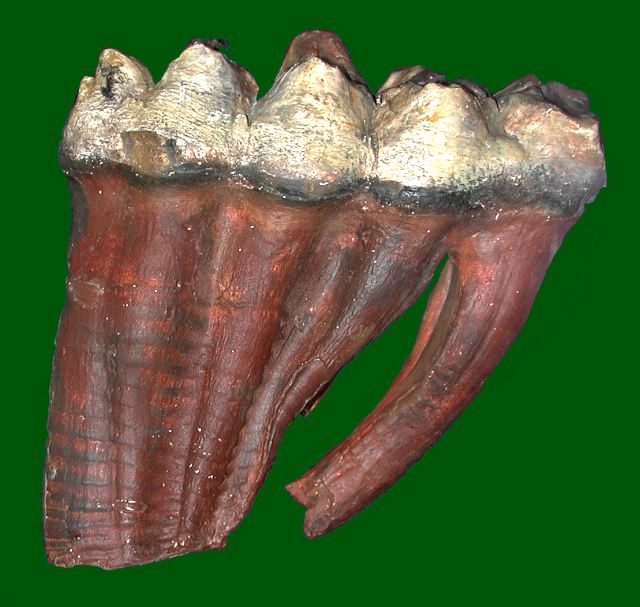A lost world

 (64 kb) Some believed they were rocks decorated by a playful Creator, while others thought they were lasting traces of the biblical flood. Those who saw in fossils the world’s vanished organisms risked the disapproval of religious authorities who imposed their view of a single divine creation event on the natural world. Some even went so far as to believe that fossils were the work of the devil strewn among layers of rock to test the faithful.
(64 kb) Some believed they were rocks decorated by a playful Creator, while others thought they were lasting traces of the biblical flood. Those who saw in fossils the world’s vanished organisms risked the disapproval of religious authorities who imposed their view of a single divine creation event on the natural world. Some even went so far as to believe that fossils were the work of the devil strewn among layers of rock to test the faithful.The existence of fossilized species, or “lost species” after the expression used in France by Georges-Louis Leclerc Buffon (1707-1788), was an idea that gained popularity in the late 18th century. Early the next century, paleontologist and founder of comparative anatomy George Cuvier (1769-1832) concluded that the existence of numerous extinct forms did not necessarily imply evolution. Like Buffon and many others before him, Cuvier rejected the idea of “transformism” proposed by Jean-Baptiste-Pierre Lamarck (1744-1829). Instead, he militantly believed in the hypothesis—already in vogue for several decades—of a series of successive creation events separated by as many global extinctions.
Faced with repeated geological discoveries and mounting descriptions of “lost worlds”, the proponents of creationism were forced to dramatically increase the number of creation events. At one point, paleontologists Friedrich August von Quenstedt (1809-1889) of Germany and Alcide d’Orbigny (1802-1857) of France counted 27 creation events, meaning there would have been 26 “lost worlds” before ours!
The Earth of the Devonian Period, as reconstructed by today’s paleontologists, would have described as a “lost world” two centuries ago. It is an understandable interpretation, considering that the Devonian Earth was nothing like the planet we know. Not only were the living creatures unlike those of today, and the climate dramatically different, but even seen from space, the planet would hardly have been recognizable.
We now know that the history of Earth was not defined by a succession of lost and reborn worlds. It was, and remains, a world of gradual yet perpetual change, its appearance continually reshaped by geologic processes.
Site map | Feedback | Links | Sources | Credits
A lost world
<< Witnesses to evolution | Tectonic context >>

Title: Mammut americanum
Author: Parc national de Miguasha
Sources: Parc national de Miguasha
Year: 2007
Description:
In 1740, the Baron of Longueil, back from his trip to North America, presented the court of France with the strange animal bones that were found along the Ohio River: a femur, a tusk, and molars (shown here). Following several debates on the matter, the naturalist Buffon declared in 1778 that they were the remains of a “lost species”. The concept of a fossil was thus born from Mammut americanum – a North American species that appeared 3.75 million years ago and died out around 10,000 years ago. The original specimen is kept at the Muséum National d’Histoire Naturelle in Paris.


